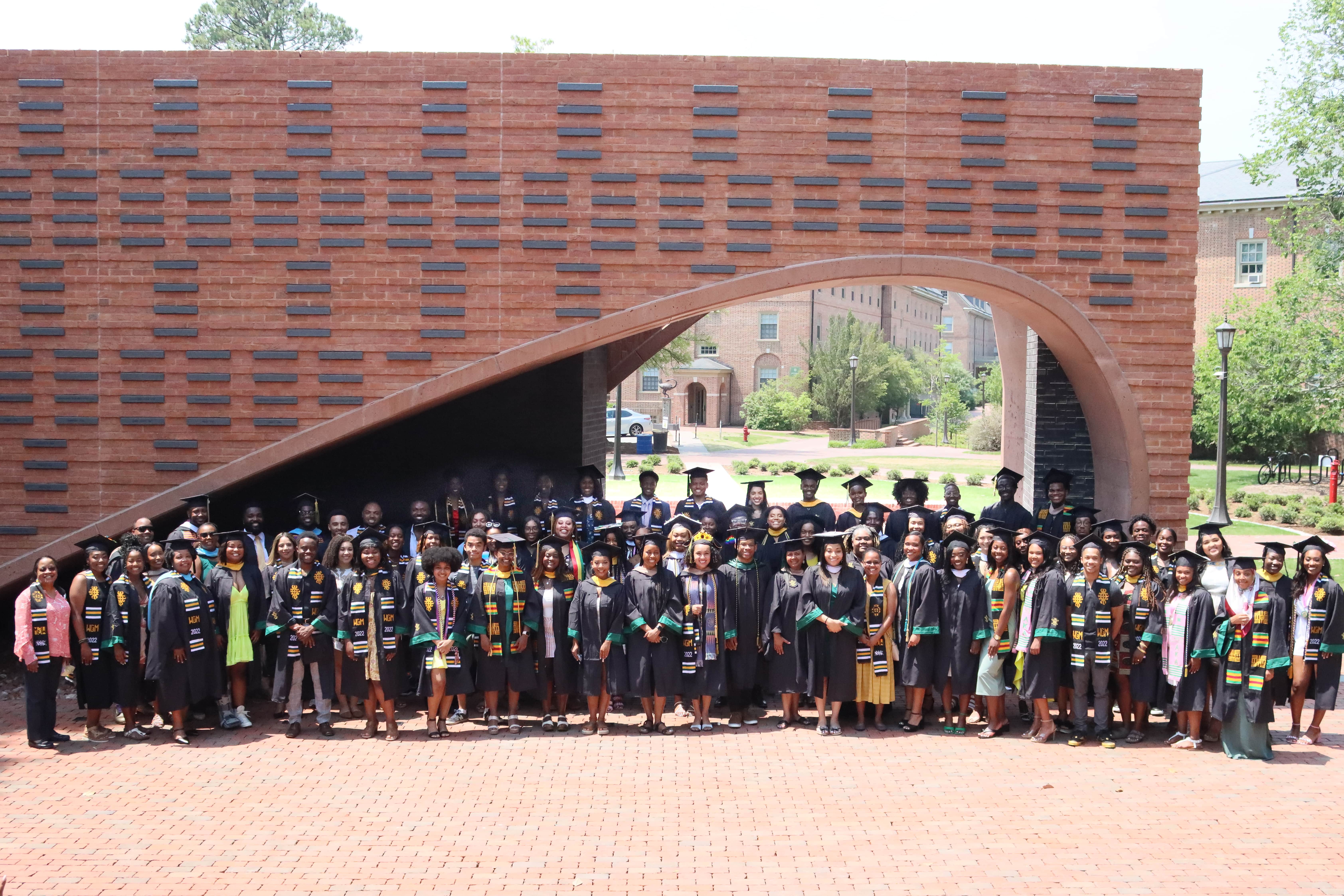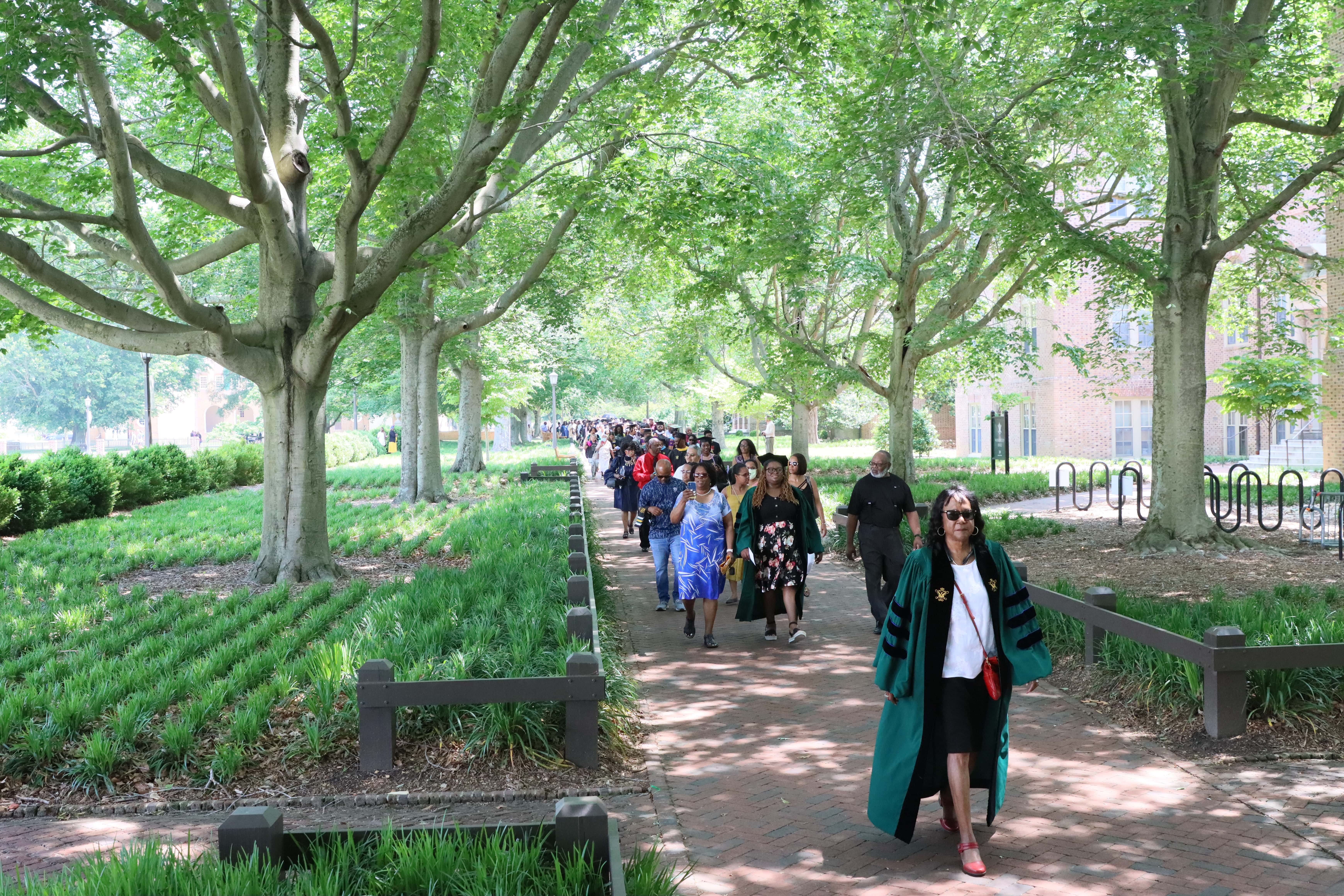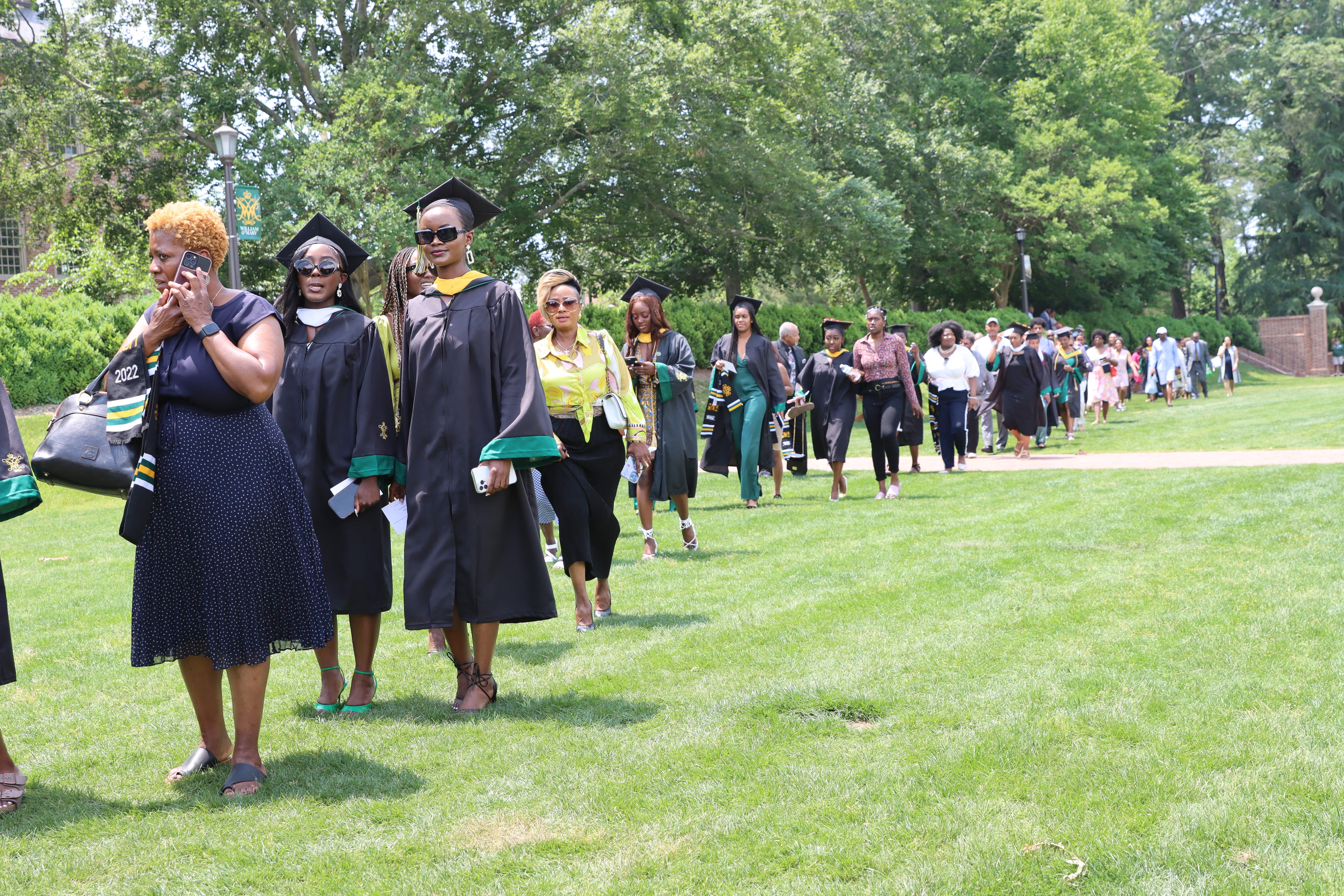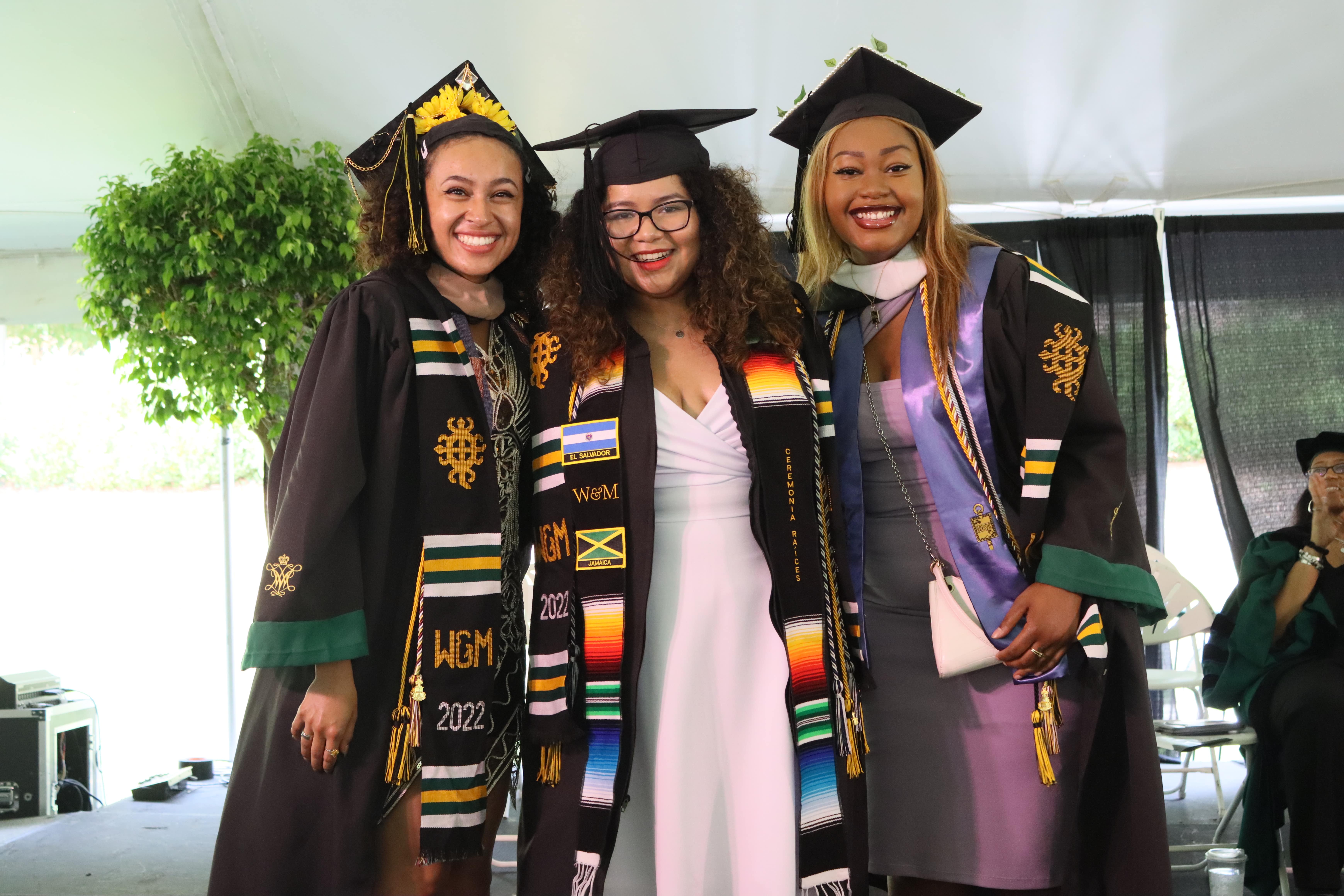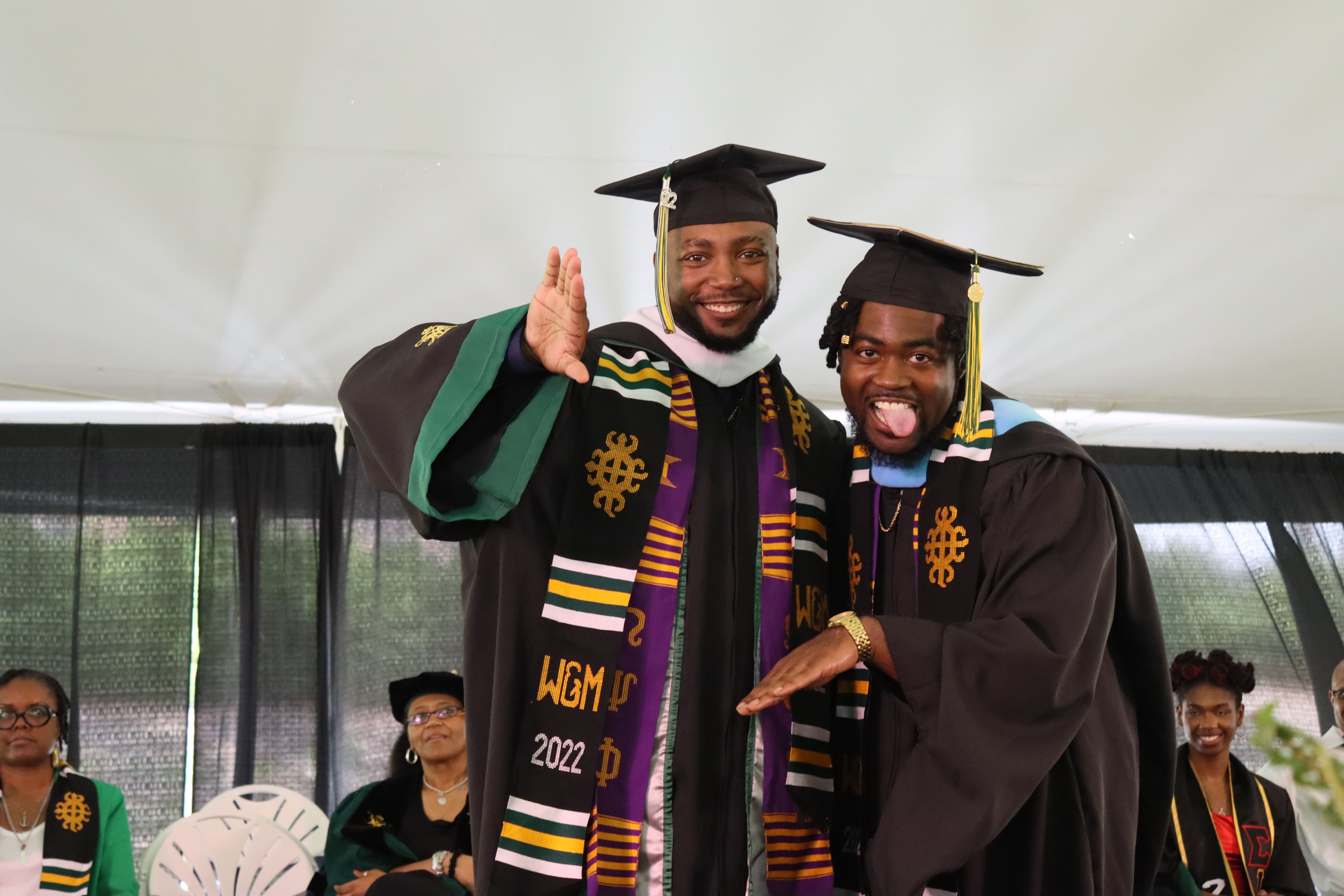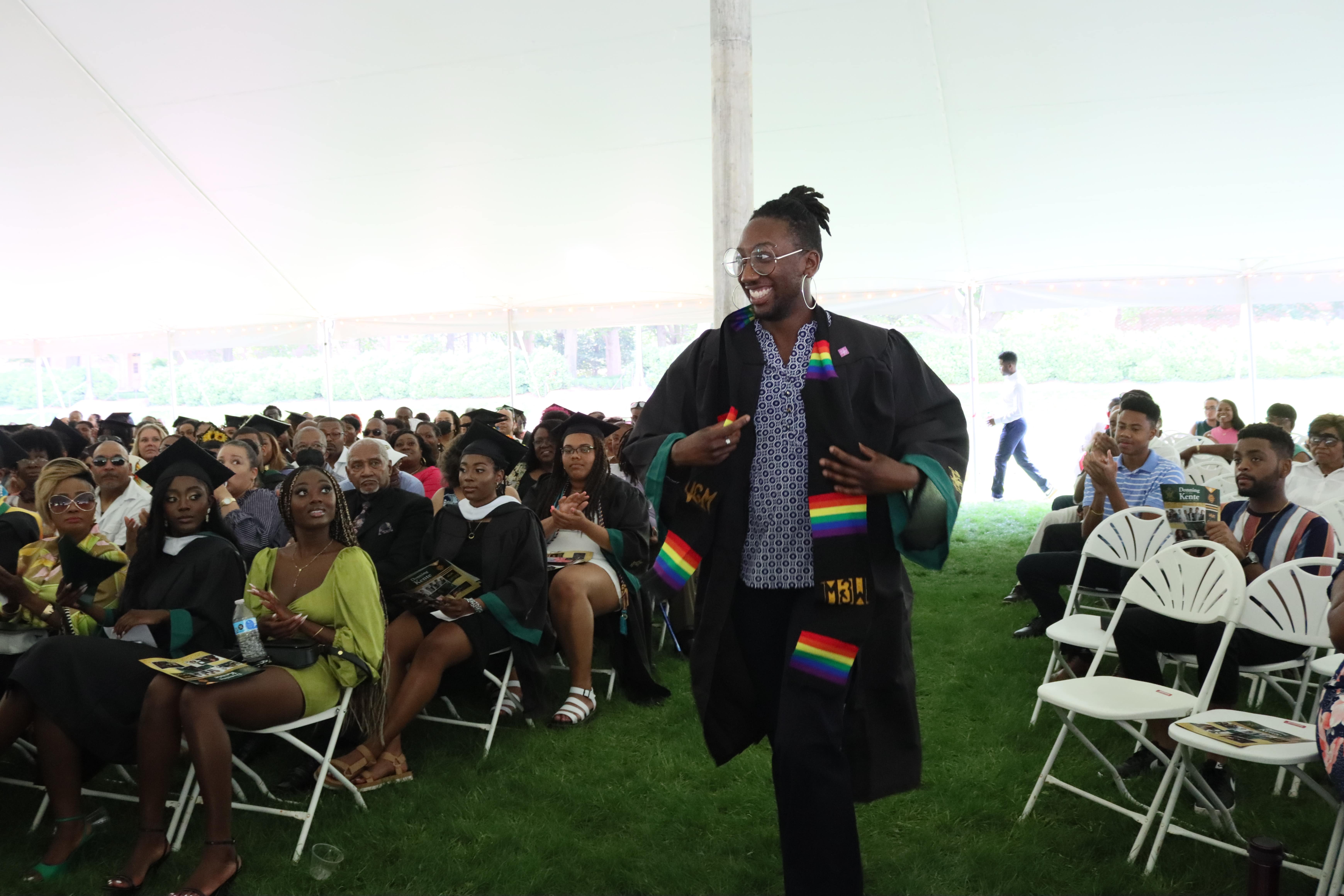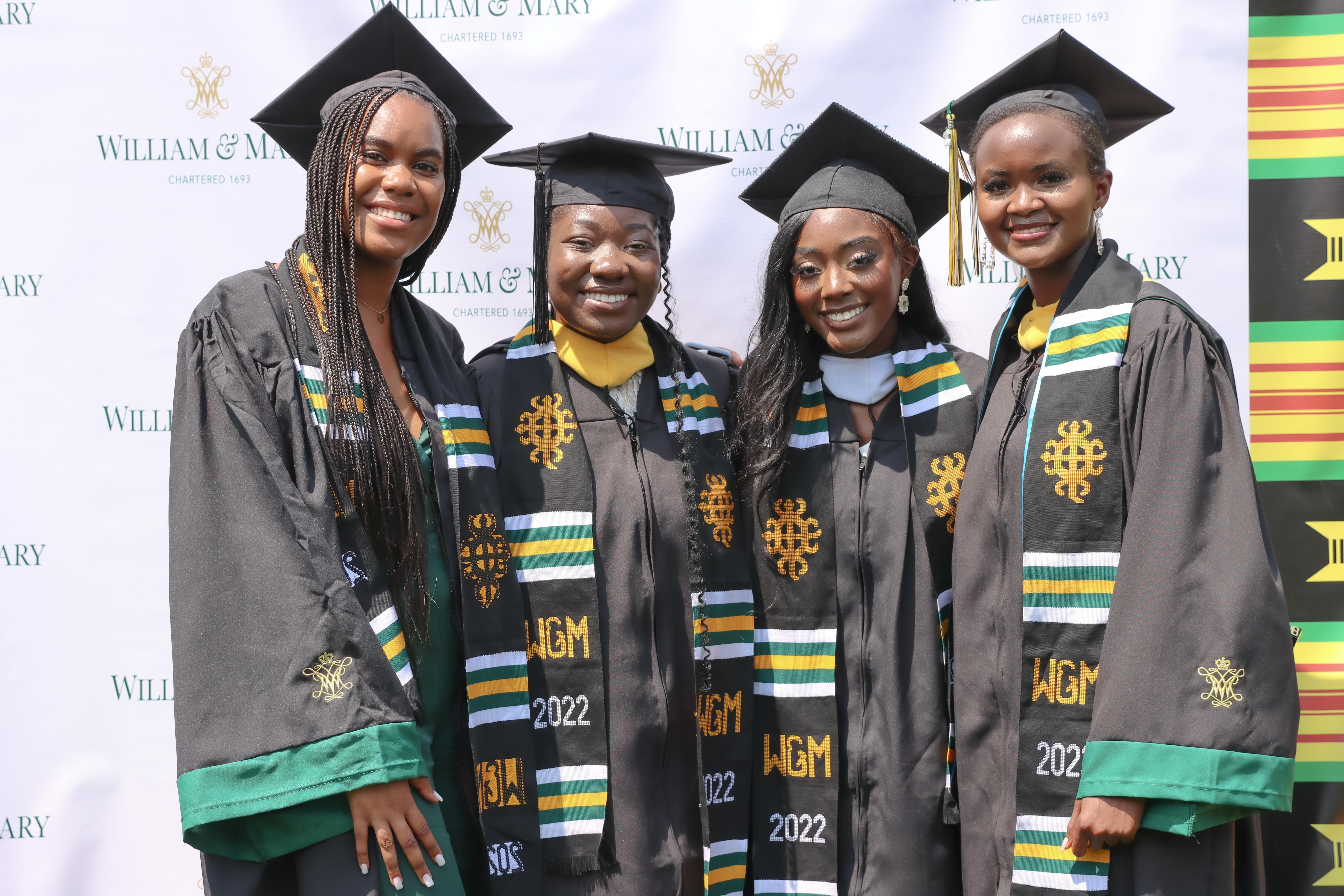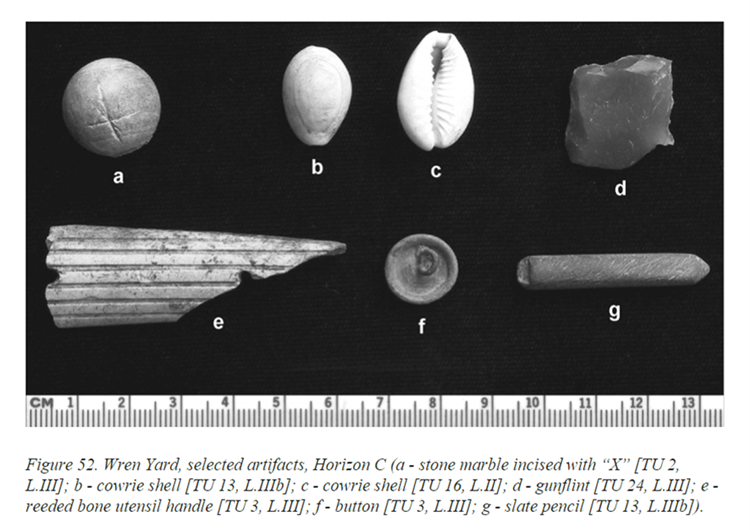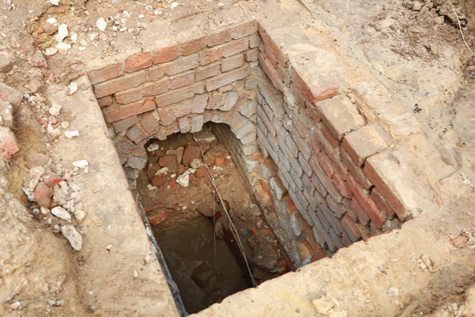
By Jajuan Johnson, Ph.D., Mellon Postdoctoral Research Associate
The Oak Grove Baptist Church Historic District in northwest York County, Virginia was granted historic designation by the Virginia Department of Historic Resources leading up to the Juneteenth, a national holiday commemorating the ending of slavery, specifically in Texas on June 19, 1865. Placement on the state register of historic places and eligibility for national recognition is monumental in the church’s history dating back to the early 19th century. The following sites are associated with the Oak Grove Baptist Church Historic District: Oak Grove Baptist Church site on Rochambeau Drive, Oak Grove School site, Oak Grove Cemetery on Rochambeau Drive, and the current Oak Grove Baptist Church on Waller Mill Road.
The Lemon Project collaboration with Oak Grove Baptist Church emerged from the research of Ellie Renshaw, a recent graduate of the anthropology department. Her senior thesis, “Cultivation Through Excavation: Performing Community and Partnership in the Historic First Baptist Project” led to further revelations about “daughter churches” of the Historic First Baptist Church such as Oak Grove Baptist Church, St. John Baptist Church, New Quarter Baptist Church and Zion Baptist Church, all in the Williamsburg/York County area. She connected our team with Mrs. Collette Roots, a leader of the Friends of Oak Grove Baptist Church, a nonprofit organization dedicated to restoring the church building, the two cemeteries tied to the church, and the history of the once Cooktown community where the church is currently located.

The church building and some members were once part of Magruder, a community of African Americans forcibly displaced during World War II to create Camp Peary, a military training ground. The series of forcible removals due to eminent domain resulted in the loss of place and community identity. Last fall, the church members invited Lemon Project researchers to assist with documenting its story through oral history. Generations of parishioners living and deceased were employed by William & Mary and are a critical part of the university’s history. A series of oral histories on the travesty of land loss, the disbanding of communities, and the dynamics of labor and class are unearthing stories tethered to the afterlives of slavery not only specific to Williamsburg but across the nation. Also, Derek Vouri-Richard, a Lemon Project American Studies Graduate Assistant, mined land records to trace the history of land ownership tied to Oak Grove Baptist Church during the turn of the twentieth century.
Recently, the Friends of Oak Grove Baptist Church provided a tour of the church and the historic cemetery, highlighting veteran burial sites dating back to the Civil War, for the National Museum of African American History and Culture’s Community Curation team partnering with the Lemon Project to assist African American communities in curating their own stories. In keeping with the Lemon Project’s goal to be a national model of transformative community engagement and collaborative research, we continue to listen to the stories and assess the ways we can contribute to materializing the vision of our partners. Congratulations to Oak Grove Baptist Church Historic District on cementing its enduring legacy in the York County/Williamsburg area.
2 Comments

